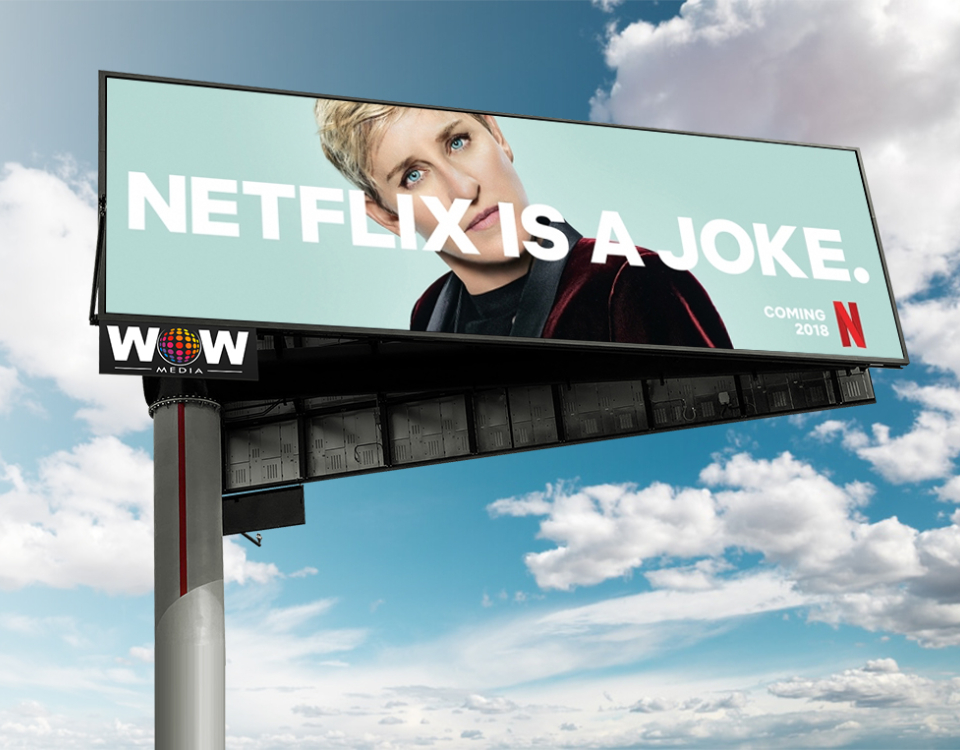
Food and Drug Administration regulates drugs and food in the United States. Its mission is to ensure that the public is safe from dangerous products and protect medical devices and medicines. It was established in the first decade of the twentieth century. But, the regulations governing drug advertising were not changed until the 1960s.
Although the FDA is a significant body, it's not the only authority when it comes to drug advertising regulation in the United States. Many countries in the world have banned or restricted drug commercials.
The FDA in the United States does not prohibit direct-to consumer advertising of prescription drugs. However, it does require that all advertisers follow strict guidelines. The FDA does not allow advertisers to claim specific medical benefits. They also prohibit exaggerating side effect and misleading information. Drug companies must also disclose all potential risks and benefits.

TV ads are one way drug companies can convince people to take their medication. Many of these ads feature clever video productions with music that are intended to inspire people to take the medication seriously. These ads often include suggestions to "ask the doctor" about the product and can be very effective in influencing people to purchase high-end medicines.
Merck's Vioxx, an anti-inflammatory drug from Merck, was making $2.5 billion in annual sales in the 2000s. It was promoted in a 60 second spot featuring figure skater Dorothy Hamill. Merck put the drug on market, but FDA was unable stop it. The FDA couldn't stop Merck from putting the drug on the market because it had to show "substantial evidence" of its effectiveness.
The American Medical Association has also been fighting against drug ads. They claim that they increase the chance of consumers switching to cheaper brands and increase the likelihood that they will take costly medicines. Pharmaceutical corporations say that the revenue from these ads helps them continue to develop new medicines, and that they do not want to spend money scaring people off of expensive medicines.
The FDA's ad rule is not as rigid as it once was. In fact, the agency has relaxed some of its policies, particularly concerning TV ads. Prior to the study, only certain information was required by the FDA for companies to advertise. For example, in order to air a television ad for a particular drug, the drug must provide a 1-800 number. The FDA also required that all ads include a complete list of possible adverse health effects.

A recent study evaluated the impact of anti-drug television ads on high school and middle school students. In particular, they examined the relationship between anti-drug ads on TV and drug use, attitudes to drug use, and beliefs regarding the potential danger of drug abuse. Results varied by grade level.
Higher school students had a higher recall rate of anti-drug ads that middle schoolers. Among the youth who were potentially exposed to anti-drug television ads, the average number of exposures was significantly lower in 1997 than in 1995. Additionally, there was a significant association between marijuana-focused antidrug advertisements and recall of antidrug television ads. Moreover, there was a strong relationship between the amount of anti-drug television advertisement that youth were exposed to and their substance use attitudes.
FAQ
What are the basics of print advertising?
Print advertising is a great medium to communicate with customers. Print advertising is used extensively by companies to promote their products or services. The key objective is to capture the attention of the consumer.
Print ads are typically short (1 page) and usually include text, photos, logos, or other graphics. You may also find sound, animation, video and hyperlinks.
The main types of print advertisements are classified as follows:
1. Brochures – These are large format printed pieces that are intended to draw people into stores. They often have colorful pictures and eye-catching designs.
2. Catalogues are smaller versions than brochures. They are typically sent to customers who have requested information on specific items.
3. Flyers are small pieces or paper distributed at events such concerts and fairs. These flyers are usually free, but they must be purchased if given to retail outlets.
4. Posters - These are larger versions of flyers. These flyers can be displayed on buildings, fences and walls. They are usually created using computer software programs designed to catch passersby's attention.
5. Direct mail – This is a direct mailing of letters or postcards directly to customers. These are sent to customers periodically by businesses to remind them about their business.
6. Newspaper Ads - These are placed in newspapers and magazines. These are typically quite long and often contain text as well images.
What is affiliate Marketing?
Affiliate marketing is an online business model where you earn commissions by referring customers to products and services sold on other websites. You get paid by the product owner when someone buys from them.
Affiliate marketing is built on referrals. You don't have to do anything special for people to buy from you. Refer them to the website.
You can make money without doing any hard selling at all. It's as simple to sell as to buy.
Even affiliate accounts can be set up in just minutes.
The more people you refer, the more commission you will receive.
There are two types:
-
Affiliates who own their websites
-
Affiliates who work in companies that offer products or services.
What is an advertising campaign?
An advertising campaign is a series of advertisements designed to promote a product or service. It can also refer entirely to the production of such ads.
"Ad" is a Latin word that means "to sell." Marcus Terentius Varro (116–27 BC), was the first to make it a verb, meaning "to make sale".
Advertising campaigns are typically done by large agencies and companies. Advertising campaigns can involve many media types, such as television, radio, print, and the internet.
Advertising campaigns last several months and are usually focused on specific goals. Some campaigns are designed to increase awareness, while others aim to increase sales.
What are your thoughts on television advertising?
Television advertising has the potential to reach large audiences at once. It was also very costly. But if you use it correctly, it can be extremely powerful.
Although there are many kinds of TV ads to choose from, all share the same characteristics. It is important to make sure that your TV ad fits into the appropriate category. You shouldn't attempt to make a lifestyle commercial the same as a product ad. Your message must be consistent throughout the campaign.
The second thing to remember is that the best time to air your ads is during prime-time hours. This is because the majority of viewers will watch TV while they relax in front a set. You want them to be relaxed enough to focus on your words.
Last but not least, just because you have a lot of money does not mean that you will get great results. It may be the reverse. A study conducted by the University of California found that commercials aired during popular shows were less likely to sell products than those aired during unpopular shows. If you spend a lot of money advertising on TV, make sure it's done right.
How much does it cost to advertise on social media?
It is important to know that advertising on social media platforms is not free if you decide to do this route. You will be charged monthly depending on your time on each platform.
Facebook - $0.10 per 1,000 impressions
Twitter - $0.20/1000 impressions (if applicable)
If you send out invitations to Linkedin, $0.30 per 1,000 impressions
Instagram - $0.50 per 1,000 impressions.
Snapchat – $0.60 per 1,000 impressions ($0.40 for each user)
YouTube - $0.25 Per 1,000 Views
Tumblr Text Posts - $0.15 Per 1,000 Impressions
Pinterest - $0.05 per 1,000 impressions per month
Google + $0.15-$0.20 for 1,000,000 impressions
Tumblr- $0.15-$.20 for 100,000 impressions
Vimeo - $0.20 to $0.25 per 10,000 impressions
Soundcloud: $0.20-$0.25 Per 1 Million Plays
StumbleUpon - $0.20 -$0.25 per 1 billion pageviews
Digg - $0.20 to $0.25 per 1000 diggs
Reddit - $0.20-$0.25 per 1000 comments
Wordpress – $0.20--$0.25 Per 500 Comments
Flickr - $0.20 -- $0.25 per 5,000 photo uploads
What is an advert buyer?
Advertisers buy advertising space on television, radio, and print media.
Advertisers pay for the time their message appears.
They don't necessarily seek the best ad; they want to reach their target markets with the most effective ad.
Advertisers might have certain demographic information about potential customers. This could include age, gender income level, marital status and occupation as well as hobbies, interests, and so on.
These data can be used to help advertisers decide the most effective medium. They may decide that direct mail works better with older people.
Advertisers also check out the competition. If there are similar businesses nearby, they might choose to place their ads near those competitors.
Advertisers should also consider how much money they have available and how long it takes to use it.
Radio advertising: What are your options?
It is important that you understand the differences between media. Remember that all media types are complementary, not competing.
Radio advertising can be extended to television. Radio complements television advertising by reinforcing key messages or providing additional information.
Radio listeners are often not able to handle long TV commercials. Radio ads are usually shorter and less expensive.
Statistics
- Nonetheless, advertising spending as a share of GDP was slightly lower – about 2.4 percent. (en.wikipedia.org)
- Worldwide spending on advertising in 2015 amounted to an estimated US$529.43 billion. (en.wikipedia.org)
- It collects money from the advertisers, keeps 32% for its role in facilitating the process, and the remaining 68% goes to the publisher (you). (quicksprout.com)
- Google will display whichever ad type (CPM or CPC) is expected to earn more revenue for the publisher, which is in Google's best interest since they take a 32% share of the revenue. (quicksprout.com)
External Links
How To
How to put ads on your website
Advertising is an integral part of every business. They can help you reach new customers and keep them coming back.
You can also promote your products or services with ads without spending money on advertising.
Google Adsense allows you to display text or image ads on your blog, website, forum or other online content.
Google Adsense allows for you to earn revenue with each click of ad hyperlinks displayed on your website. Set up your ads without writing any code.
To get started, just sign up for a free account at www.google.com/adsense. Then follow these steps:
-
Use the Ad Builder to create your ads. This tool allows you to create various ads including text, images, and interactive ads.
-
Once you've created your ads and uploaded them to AdSense, Click "Upload" in the left-hand navigation to do this.
-
Next, include keywords related to the product or service you are advertising so that it appears in search results for your specific niche.
-
Finally, copy and paste your ads into the appropriate areas of your website. Once you have done this, your ads will be automatically loaded onto the site.
-
When visitors click on one of your ads, they'll be directed to another page on your site where they can purchase your products and services.
-
Every time someone clicks one of your AdSense ads, you earn earnings.
-
Go to the My Account tab, located at the top of the AdSense dashboard. There you will find reports detailing the performance of your ads.
-
Your earnings can also be downloaded as a CSV.
-
Changes to your ads or your target audience can help you increase your earnings.
-
Finally, you can pause or delete your ads at any time.
-
For any questions or concerns, you can contact us.